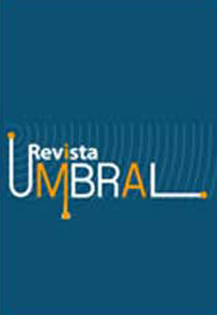Abstract
Biological human evolution has an irreducible cultural dimension. It is through adaptations that humans dealt with their own evolutionary genetic challenges for achieving and sustaining biological fitness. One salient strategy was sexual selection in human groups. This was further on strengthened through the domestication of other species, a process that lead to the establishment of a close behavioral bond between the domesticated and the domesticator. As a corollary to this bonding process, bilateral behavioral and genetic adaptations ensued that today makes independent life for both domesticator and the domesticated nigh impossible. After plants, animals, and other organisms humans attempted to domesticate each other through enslavement; a failed experiment with devastating consequences that still resonate today, particularly in slaveholding societies like the United States. Lastly, the process of establishing organized and stratified societies during the Holocene became also a process of human "self-domestication", and the product of that process is the modern "civilized" human with a genetic and cultural makeup strikingly different from the one held in the Pleistocene environment of evolutionary adaptation.
En la Revista Umbral los artículos son evaluados por el proceso de revisión de pares doble ciego (blind peer review) y publicados con la licencia Creative Commons Atribución 4.0. La Revista está comprometida con el acceso abierto al conocimiento, haciendo disponible sus artículos en texto completo de manera pública y libre.
Downloads
Download data is not yet available.

